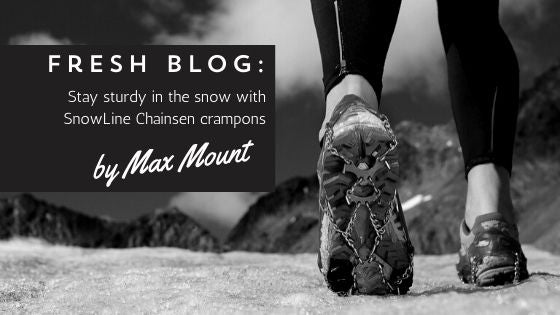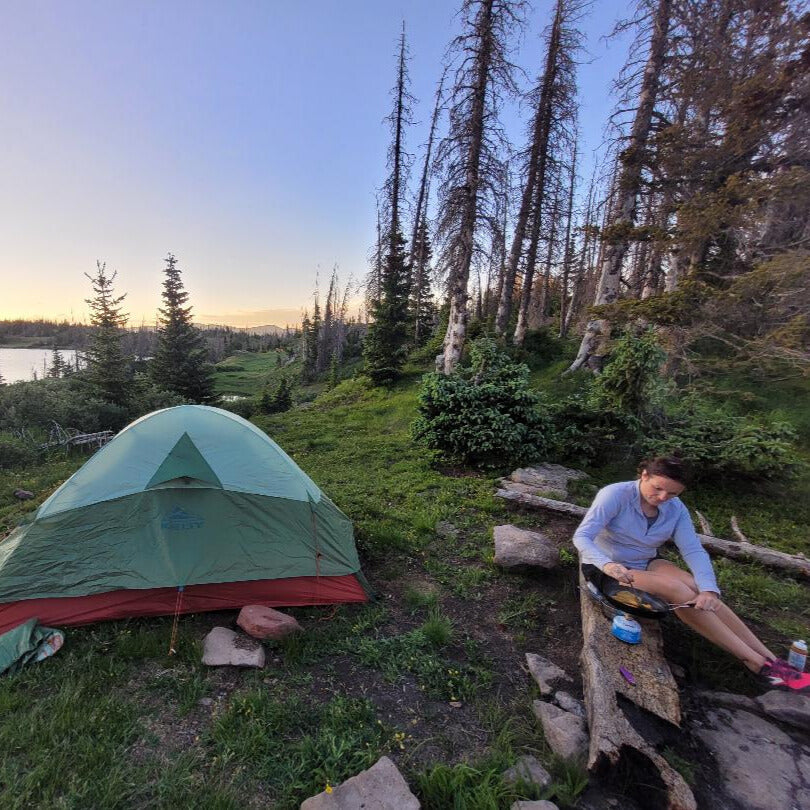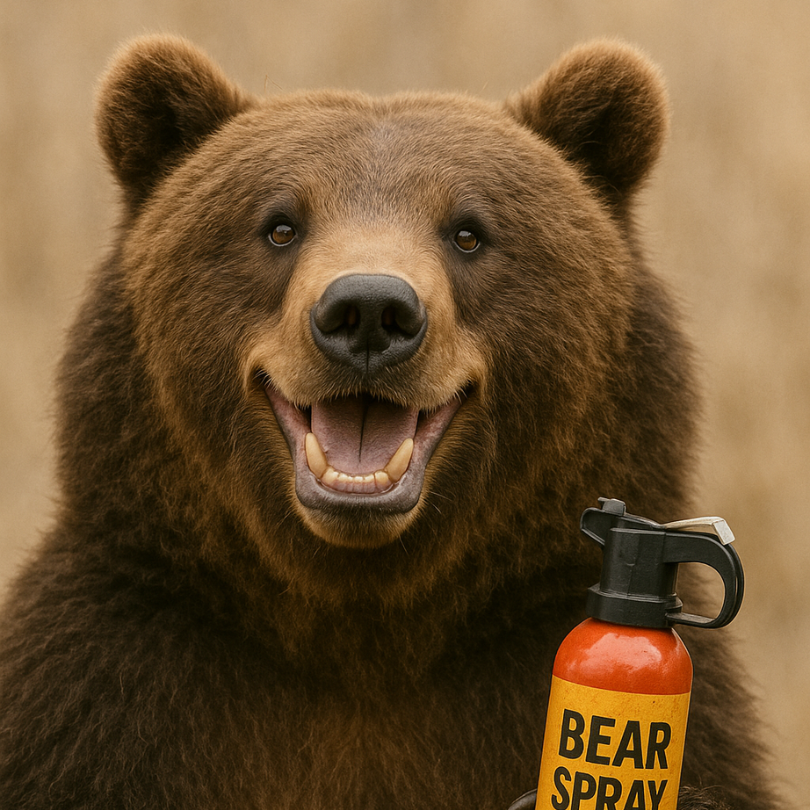Your Cart is Empty
Mon - Sat 10AM to 6 PM - Sunday 12PM-5PM

As the snow starts falling here in southern Colorado, having a little bit of extra traction out on the trails is a great idea. Here at Durango Outdoor Exchange, we carry snowline traction devices to help keep you outside even in the slipperiest of conditions. This guide is here to help you get the right set of traction devices for you to get you out on the trails and mountain peaks.

When spending one night (or many) in the backcountry, a warm dinner at night and hot beverage in the morning can make the difference. That invariably involves using a stove of some sort–but which one?
Stove technology has been around for decades, but new tech is making them lighter, more efficient, and more dependable than ever before. Here’s a rundown of the different kinds of backpacking stoves:

If you are camping in bear country, or in any place where food storage is a concern, you should strongly consider using a bear canister–a storage system that is built to keep bears out of your food. And in some places, particularly parks in California, Montana, Colorado, and Washington,backcountry campers are required to have and use bear canisters.
While you may get lucky by hanging your food in a sack from a tree, this is not permitted in many areas and virtually impractical in many alpine anddesert backpacking zones. Bear canisters are the preferred method for storing food and other smelly items, but there are many kinds to be aware of. Let’s look at them in more detail.

For many hikers, summiting one of Colorado’s 14,000-foot peaks is a lifetime achievement. Others make it their entire personality, working for years and even decades to climb all of them. Some make a goal of climbing them all in a single season while others try to ski them all.
The problem with climbing 14ers for many people is that they are difficult–and we’re not just talking about the thin air. Of the 58 in Colorado, about one-third entrail considerable exposure and require skilled route-finding and ascent/descent skills. About half have either moderate or considerable challenges. Just eight are considered “easy.”
Hikers looking to summit a 14er near Durango will find four that rank generally as easy or the easy end of moderate. They are all in the same two canyons and can be climbed by someone with decent fitness, good shoes, and a penchant for waking up early. The roads to access all these peaks are part of the Alpine Loop and can be driven from Silverton in a four-wheel drive such as a Tacoma, but are generally not in all-wheel drives like Subarus.
Ready? Here goes!